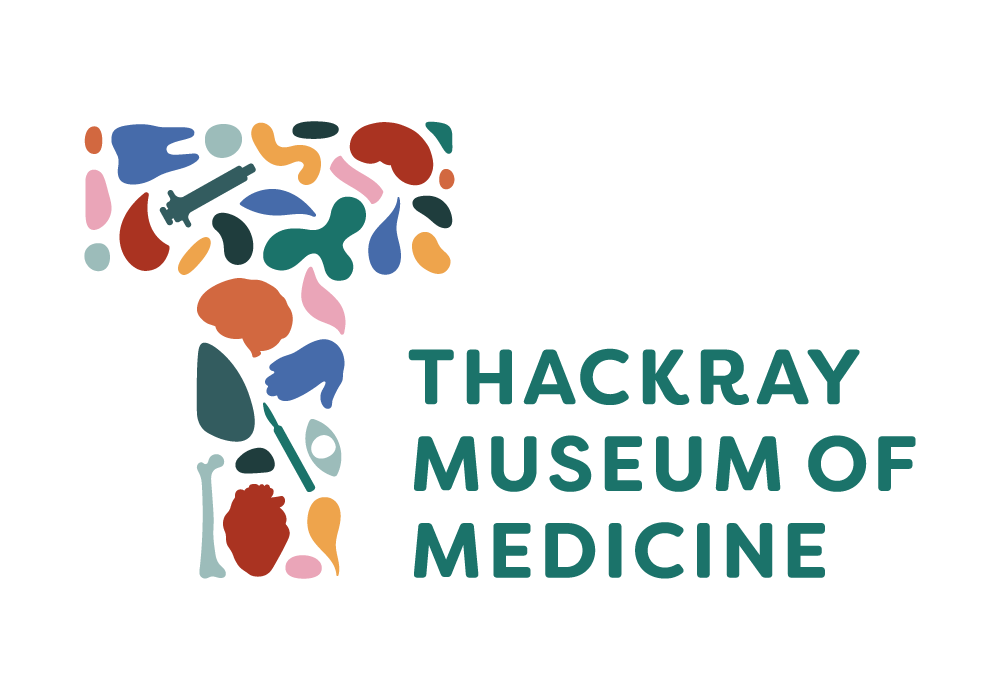Elizabeth Garett Anderson (1836-1917)
Did you know… Elizabeth Garett Anderson was the first British woman to qualify as a physician and surgeon in 1865?
Barred from medical school and forced to find loopholes to gain access to education and formal recognition to practice women had to fight hard and think creatively to break down barriers.
Never taking no for an answer, Garett Anderson was the first woman to qualify as a physician and surgeon. She went on to establish the first medical school for women in Britain with Sophia Jex Blake, allowing women greater freedom to study, graduate and practise medicine.
After a fairly poor education at home and at boarding school, Garett Anderson set to work training in medicine at a time when women were very much excluded from the profession. She unsuccessfully tried to visit leading doctors in London to learn the trade. When that didn’t work, she spent six months as a surgery nurse at Middlesex hospital in London from August 1860. She proved herself to be a good nurse and was given increasing responsibilities.
She was, however, not allowed to enrol in medical school. She did manage to secure some education in Latin, Greek and ‘materia medica’ through the hospital apothecary, and also independently hired a tutor so she could study anatomy and physiology.
She was very much unwelcome amongst the all-male medical students but did manage to get access to the dissecting rooms and the chemistry lectures. She gained certificates in chemistry and materia medica but was still refused by all medical schools.
Garett Anderson did manage to find a loophole though. She privately gained certificates in anatomy and physiology and as such was admitted to the Worshipful Society of Apothecaries. According to their own rules she qualified for admittance and they couldn’t exclude her for being a woman.
She continued to get private tuition and in 1865 took the exams to obtain a licence (LSA) from the society and became the first woman to qualify in Britain. (Some argue that the first was actually James Barry, but his identity was resolutely male when he qualified and practised despite being born as female.)
When Garrett Anderson took her exam three out of seven candidates passed that day, and she got the highest mark. The Society immediately changed its rules so other women couldn’t follow in Garrett Anderson’s footsteps and use private education to get into medicine.
It wasn’t until 1876 that a new Medical Act allowed all qualified applicants to be licenced in medicine, regardless of gender. Of course institutions were still very selective about who they let in and who they could award qualifications to.
Despite the lack of equality, pioneering women did enter medicine and in 1874 a group of them, including Elizabeth Garrett Anderson and Sophia Jex Blake, established the first medical school in Britain to allow women to graduate and practise medicine, the London School of Medicine for Women (now the Royal Free Hospital School of Medicine).
The establishment of the first medical schools for women led to an increase in number of women studying medicine in the early twentieth century: in 1881, there were only 25 women doctors in England and Wales, rising to 495 by 1911-10.

